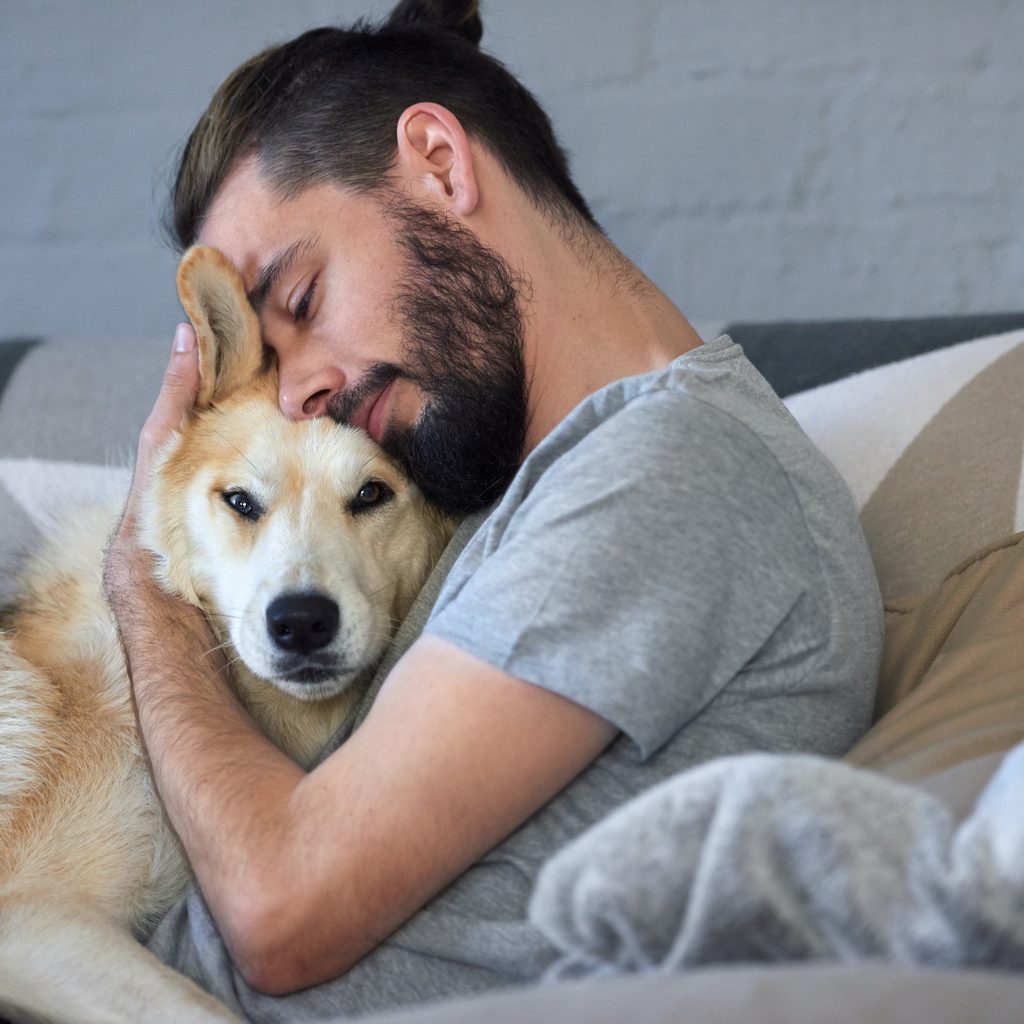Whether or not you’ve met an emotional support animal, you’ve likely heard about these helpful assistance pets, who are most often dogs. They’ve recently made headlines for the wrong reasons, unfortunately, as many folks out there have committed fraud by falsely claiming that their pet is a licensed support animal.
On the other end of the spectrum, California Governor Gavin Newsom recently signed into law Assembly Bill (AB) 468, an order that will crack down on fraudulent online emotional support animal licensing. This has been a growing problem in recent years, so we’ll let you know the safe and legal way to have your pet registered as an emotional support animal.
In this article, we’ll go over everything you need to know about emotional support animals, whether you’re around them often or preparing to register your own pet. No matter who you are, these facts will help you stay informed and up-to-date so you can be an advocate for those whose lives are enriched by their emotional support animals.
What qualifies a dog to be an emotional support animal?
Unlike guide dogs or service animals, there are no breed, age, or training requirements for emotional support animals — or ESAs, according to the American Kennel Club. That means any pup from the tiniest of Chihuahuas to the largest of Great Danes has the potential to be an official ESA. Of course, there are other requirements that need to be met.
Most importantly, a licensed psychologist or psychiatrist must prescribe this animal to an individual who will benefit from their furry friend. Disability rights attorney Zachary Duffly defines an emotional support animal as “a dog or other animal that is not trained to perform specific acts directly related to an individual’s disability. Instead, the animal’s owner derives a sense of well-being, safety, or calm from the animal’s companionship and presence.”
Additionally, the doctor who provides proof of the person’s need for an ESA must meet a few requirements. For example, California law states that they must have a valid, active license to practice in their field, and they must have had an established relationship with the patient for at least 30 days. They must also give a thorough evaluation of the patient regarding their need for an ESA, and they need to provide that patient with all up-to-date documentation about the rights and rules of emotional support animals.

Is an emotional support animal a service animal?
It’s important to understand that an emotional support animal is more than just a pet, but does not meet the qualifications of a service animal. There is even a difference between an ESA and a psychiatric service animal, which is trained to provide some kind of support before, during, and after a mental health crisis.
Attorney Zachary Duffly explains just a few roles of psychiatric service dogs and animals:
- “waking someone with clinical depression and coaxing them out of bed at a specified time in the morning
- responding to an owner’s panic attack by initiating contact to comfort the individual, and
- alerting a person exercising poor judgment due to bipolar disorder that they are driving dangerously.”
Although an emotional support animal won’t be able to do these things, they can provide immense comfort and confidence to someone who is struggling.
Can a landlord deny an emotional support animal?
Even though ESAs do not qualify as service animals, they do fall under the category of assistance animals. The Fair Housing Act protects individuals from discrimination due to disability, which can include owning an emotional support animal. As the American Kennel Club also reports, this rule waives pet bans or restrictions for people with support pets, as well as prevents individuals from paying any pet deposits for ESAs.
So — no, landlords cannot deny an emotional support animal if no health, safety, or major financial concerns are expressed.

How do I qualify my dog to be an emotional support animal?
As the American Kennel Club states online, a healthcare provider must provide documentation regarding a person’s need for an emotional support animal. There is no other way to have your pet licensed as your emotional support companion.
Despite what you may see with a quick Google search, there are no trustworthy sites, programs, or companies to register your pet as an ESA online. Your psychiatrist or healthcare provider will have all the resources you need to help you complete the process, beginning with their letter of support.
The first — and best — step you can take toward registering your pet as an emotional support animal is contacting your psychiatrist, psychologist, or family doctor. Even if they themselves aren’t able to assist you in the process, they will surely be able to connect you with someone who is.



